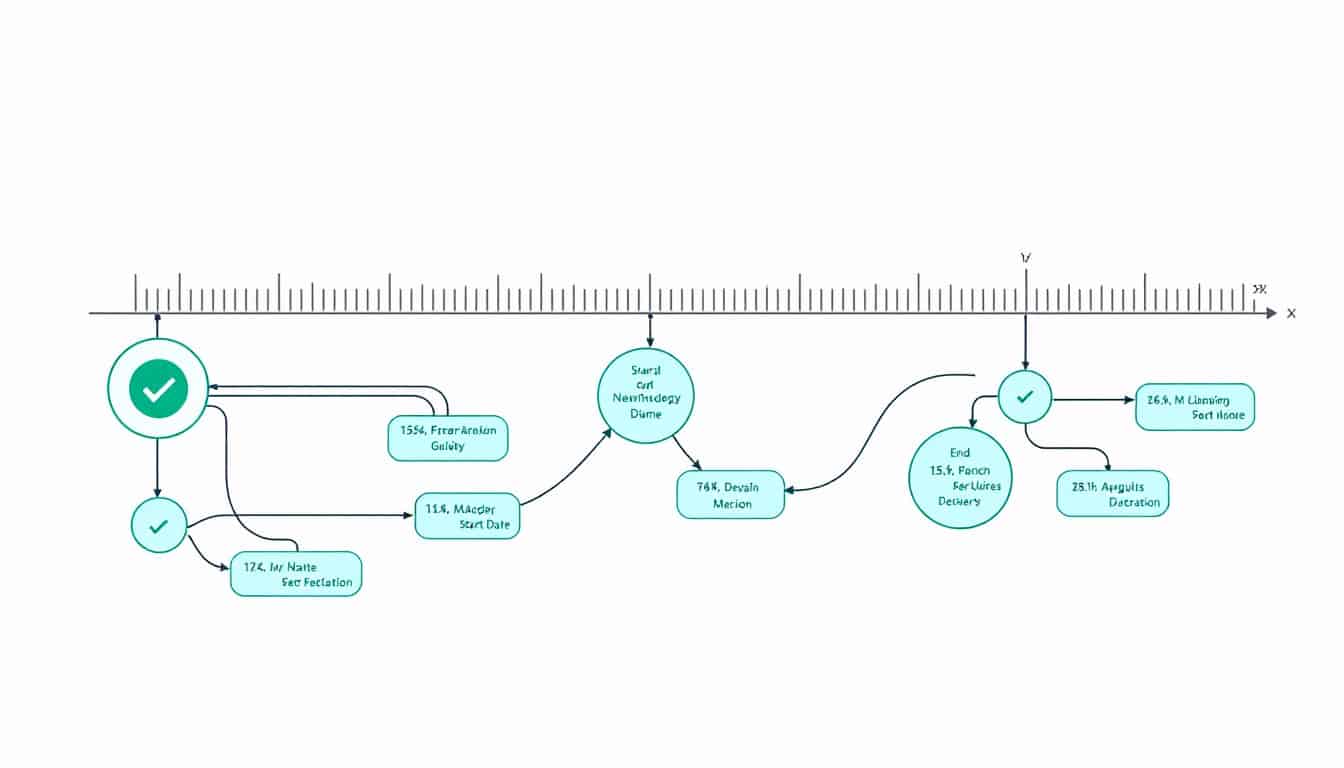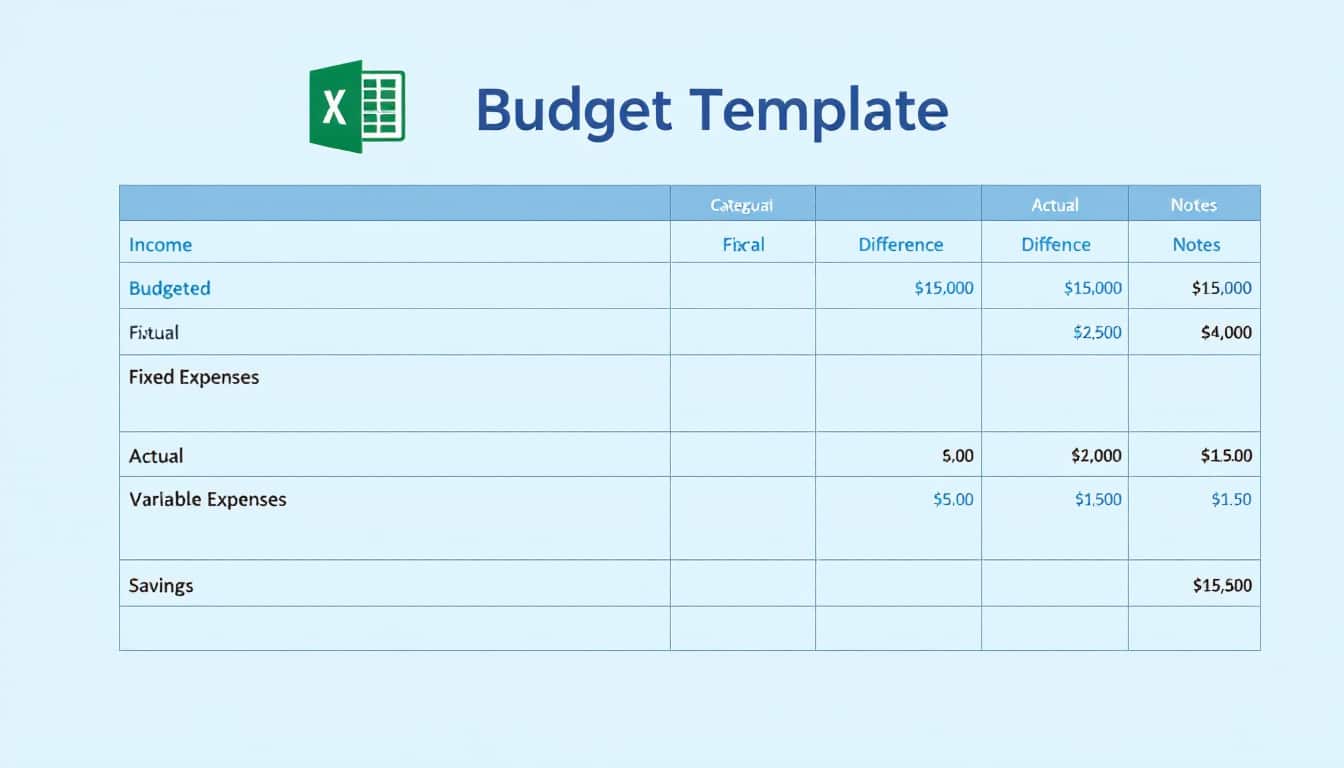Project management is a delicate art that requires perfect mastery of several essential elements. Among these elements, the triple constraint stands out for its crucial importance. It is the cornerstone of any success in project management.
Diving into the world of project management means understanding how cost, time, and scope interact to shape the final result. Every decision made influences these three dimensions, creating a delicate balance to maintain. Knowing how to navigate these constraints allows for transforming an idea into a concrete and successful achievement.
🔥 Nous recommandons Ideamap
Ideamap est l’outil idéal pour un brainstorming ou un projet collaboratif. Grâce son interface facile et à ses fonctions IA, Ideamap booste votre créativité tout en favorisant une meilleure organisation de vos idées pour atteindre vos objectifs.
In project management, the triple constraint is a fundamental concept that directly influences the success or failure of a project. Also known as the project management triangle, this approach focuses on three essential elements: time, scope, and budget. Understanding how these three constraints interact enables project managers to better plan, execute, and finalize their initiatives successfully.
What are the elements of the triple constraint?
The triple constraint consists of three interconnected elements that determine the progress and outcome of a project:
- Time: This refers to the schedule set to complete the project. It includes deadlines for each task, key milestones, and the final delivery date.
- Scope: Defining what is included or excluded in the project. This helps clarify the objectives, deliverables, and stakeholder expectations.
- Budget: The financial resources allocated to the project. This covers direct costs like salaries, materials, and equipment, as well as indirect costs such as administrative fees.
These three constraints form a triangle where each element influences the others. Modifying one aspect necessarily impacts the other two, necessitating balanced management to keep the project on track.
Why is the triple constraint crucial in project management?
The triple constraint is often regarded as one of the most important concepts in project management. It provides a framework for understanding the necessary trade-offs and ensures that project managers can make informed decisions. Here’s why it is crucial:
- Balancing priorities: By recognizing that time, scope, and budget are interconnected, project managers can balance these elements to meet the specific needs of the project.
- Managing expectations: The triple constraint helps to define and manage stakeholder expectations by clarifying what is achievable within the limits of time and budget.
- Risk anticipation: By continuously assessing these three elements, project managers can identify and mitigate potential risks before they become problematic.
By mastering the triple constraint, project managers can better navigate challenges and ensure the success of their initiatives.
How to effectively manage the triple constraint?
Managing the triple constraint requires a methodical and proactive approach. Here are key strategies to achieve this:
Clear planning and definition
Thorough upfront planning is essential. Clearly define objectives, deliverables, and deadlines from the outset. Use tools like the triple constraint diagram to visualize the relationships between time, scope, and budget.
Continuous monitoring and adjustment
Regularly tracking the project’s progress allows for quick identification of deviations from the initial plan. Use project management software to monitor key performance indicators (KPIs) and adjust plans as necessary. Tools like ProjectManager provide real-time dashboards that facilitate this monitoring.
Effective communication
Transparent communication with all stakeholders is crucial. Regularly inform teams and clients about progress, challenges, and adjustments to the project. This helps manage expectations and avoid misunderstandings.
What are the possible trade-offs between time, scope, and budget?
Managing the triple constraint often involves making trade-offs among the three elements to maintain the project’s balance. Here are some common examples:
- Time and scope: If a project needs to be completed faster, it may be necessary to reduce the scope by eliminating certain features or simplifying deliverables.
- Budget and scope: A limited budget may require reducing the project’s scope or seeking more economical ways to achieve objectives.
- Time and budget: Accelerating a project’s timeline may increase costs, for example, by requiring more resources or paying for overtime.
These trade-offs must be managed carefully to avoid affecting the overall quality of the project. It is essential to align decisions with the project’s strategic priorities and stakeholder expectations.
How can project management tools assist with the triple constraint?
Project management tools play a crucial role in effectively managing the triple constraint. Here’s how they can help:
- Planning and tracking: Software like ProjectManager allows for creating detailed schedules, tracking task progress, and adjusting resources in real-time.
- Resource management: These tools help optimally allocate resources, avoiding overloads and ensuring that each task has the necessary resources.
- Collaboration and communication: Project management platforms facilitate communication among team members and stakeholders, centralizing information and ensuring total transparency.
- Performance analysis: The dashboards and reports generated by these tools allow for monitoring KPIs and quickly identifying deviations from initial plans.
By integrating a suitable project management tool, project managers can better control the triple constraint and ensure the success of their initiatives.
What are the common challenges related to the triple constraint?
Managing the triple constraint is not without challenges. Here are some common obstacles project managers may face:
- Frequent changes: Changes in scope or requirements can disrupt the balance of the project, necessitating constant adjustments to time and budget.
- Underestimation of resources: Poor estimation of the required resources can lead to budget overruns and delays.
- Ineffective communication: A lack of clear communication can lead to misunderstandings, misaligned expectations, and conflicts within the team.
- Risk management: Unexpected events, such as technical issues or delivery delays, can affect the entire project if risks are not properly anticipated and managed.
To overcome these challenges, it is essential to implement robust change management processes, make realistic estimations, and encourage open and transparent communication within the team.
Case studies: The triple constraint in action
Analyzing real cases helps to better understand the application of the triple constraint in various contexts:
Construction project of a retail store
Imagine the construction of a 2,000 square meter retail store with a 6-month deadline and a budget of €300,000. If the client requests to add 500 square meters at the last minute, the project’s scope increases. To meet the deadline, it will be necessary to either reduce the original scope or increase the budget.
Development of a CRM system for a sales team
A sales team requires a new customer relationship management (CRM) system with lead management, sales reporting, and contact tracking features. If the initial timeline is 9 months with a budget of €250,000, and the team requests that the system be ready in 6 months, the scope will need to be reduced or the budget increased to meet the new requirements.
Production of a home automation device
A manufacturing company produces 5,000 units of a new home automation device
with application integration and voice control. The production cost must not exceed €50 per unit, and production must be completed in 3 months. If the cost per unit suddenly increases to €40, the company will have to either slow down production, thus increasing the total budget, or reduce the functionality of the device to maintain costs.
These examples illustrate how adjustments in one element of the triple constraint can impact other aspects of the project, highlighting the importance of balanced management.
Resources and tools for mastering the triple constraint
To facilitate the management of the triple constraint, several resources and tools are available:
- Feasibility study: Before launching a project, a feasibility study assesses the time, scope, and budget constraints to determine if the project is viable.
- Project management templates: Using templates for budgeting, workload analysis, and progress tracking can greatly simplify constraint management.
- Project management software: Platforms like ProjectManager offer advanced features for planning, tracking, and adjusting elements of the triple constraint in real-time.
By integrating these resources into your project management processes, you can better control the constraints and increase the chances of success for your initiatives.
The triple constraint remains an essential pillar in project management. Understanding and mastering the interactions between time, scope, and budget allows project managers to navigate effectively through challenges and lead their projects to success. By using appropriate tools, planning meticulously, and communicating effectively, it is possible to maintain a harmonious balance among these three essential elements.
To learn more about project management and explore practical tools like the triple constraint, feel free to explore our additional resources and download our free templates.














